Cold climate MUA for range hood above 36" Bluestar
Johncan
9 years ago
Featured Answer
Sort by:Oldest
Comments (21)
kaseki
9 years agolast modified: 9 years agoJohncan
9 years agolast modified: 9 years agoRelated Professionals
Cuyahoga Falls Kitchen & Bathroom Designers · Salmon Creek Kitchen & Bathroom Designers · Terryville Kitchen & Bathroom Designers · Auburn Kitchen & Bathroom Remodelers · Channahon Kitchen & Bathroom Remodelers · Glen Carbon Kitchen & Bathroom Remodelers · Independence Kitchen & Bathroom Remodelers · Newberg Kitchen & Bathroom Remodelers · Oxon Hill Kitchen & Bathroom Remodelers · Turlock Kitchen & Bathroom Remodelers · Langley Park Cabinets & Cabinetry · Allentown Cabinets & Cabinetry · Spring Valley Cabinets & Cabinetry · Wheat Ridge Cabinets & Cabinetry · Whitney Cabinets & Cabinetrykaseki
9 years agolast modified: 9 years agoJohncan
9 years agolast modified: 9 years agokaseki
9 years agolast modified: 9 years agoTrevor Lawson (Eurostoves Inc)
9 years agolast modified: 9 years agokaseki
9 years agolast modified: 9 years agorwiegand
9 years agolast modified: 9 years agobilly_g
9 years agolast modified: 9 years agobilly_g
9 years agolast modified: 9 years agokaseki
9 years agolast modified: 9 years agobilly_g
9 years agolast modified: 9 years agobilly_g
9 years agolast modified: 9 years agokaseki
9 years agolast modified: 9 years agoJohncan
9 years agolast modified: 9 years agokaseki
4 years agomaire_cate
4 years agolast modified: 4 years agokaseki
4 years agolive_wire_oak
4 years agokaseki
4 years ago
Related Stories

KITCHEN DESIGNHow to Choose the Right Hood Fan for Your Kitchen
Keep your kitchen clean and your home's air fresh by understanding all the options for ventilating via a hood fan
Full Story
KITCHEN DESIGNA Cook’s 6 Tips for Buying Kitchen Appliances
An avid home chef answers tricky questions about choosing the right oven, stovetop, vent hood and more
Full Story
KITCHEN APPLIANCESLove to Cook? You Need a Fan. Find the Right Kind for You
Don't send budget dollars up in smoke when you need new kitchen ventilation. Here are 9 top types to consider
Full Story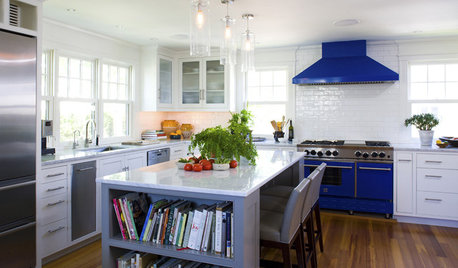
KITCHEN DESIGNSo Over Stainless in the Kitchen? 14 Reasons to Give In to Color
Colorful kitchen appliances are popular again, and now you've got more choices than ever. Which would you choose?
Full Story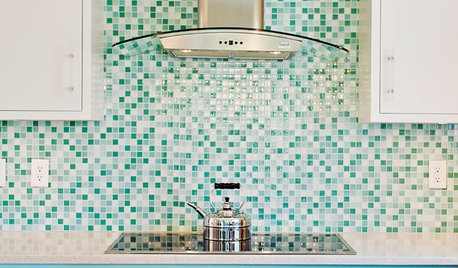
KITCHEN DESIGN9 Popular Stovetop Options — Plus Tips for Choosing the Right One
Pick a stovetop that fits your lifestyle and your kitchen style with this mini guide that covers all the basics
Full Story
TASTEMAKERSPro Chefs Dish on Kitchens: Michael Symon Shares His Tastes
What does an Iron Chef go for in kitchen layout, appliances and lighting? Find out here
Full Story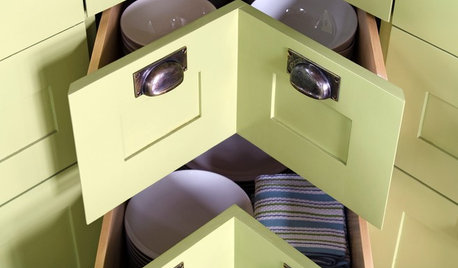
KITCHEN DESIGNShow Us Your Best Kitchen Innovation
Did you take kitchen functionality up a notch this year? We want to see your best solutions for the hardest-working room in the house
Full Story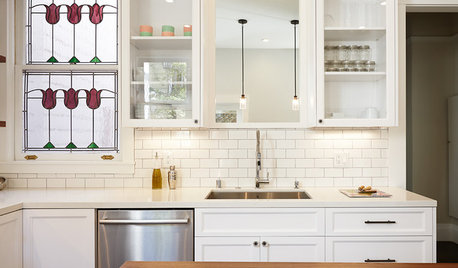
KITCHEN DESIGNKitchen of the Week: A Dark Kitchen Brightens Up
A cooking space honors the past while embracing the present
Full Story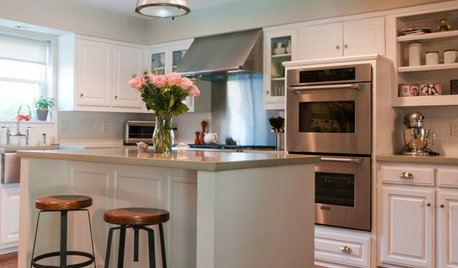
KITCHEN DESIGNShow Us Your Fabulous DIY Kitchen
Did you do a great job when you did it yourself? We want to see and hear about it
Full Story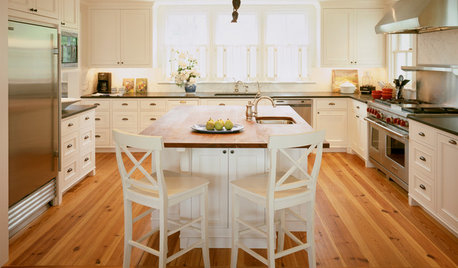
KITCHEN DESIGN3 Steps to Choosing Kitchen Finishes Wisely
Lost your way in the field of options for countertop and cabinet finishes? This advice will put your kitchen renovation back on track
Full Story






hvtech42